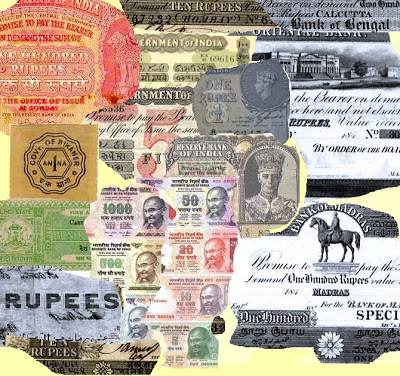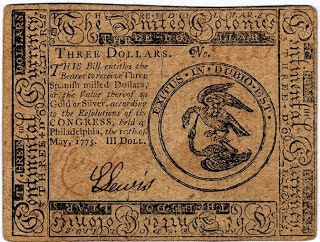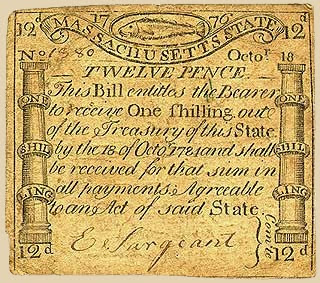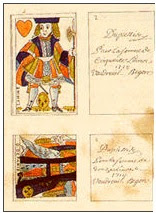
Origin and growth of Bank Notes and Currencies – 3
Origin and growth of
Bank Notes and Currencies – 3
(Written by N.R. Jayaraman)

Sweden reportedly initiated the first step in the issue of Paper Currencies to guarantee the payment for trade because European country had copper metal in abundance which were used for minting coins. Since carrying huge quantity of metal was increasingly becoming difficult to the traders to carry on the transactions, Europeans began issuing Paper Money that indicated the value against a given amount of copper held by the trader, so that traders could be saved from the burden of carrying big copper coins.
The traders felt that carrying the Paper Money certain advantages like light weight and mainly that of lowering the risks involved in transit most of which were undertaken by high seas. In the year 1690 the Massachusetts Bay Colony in American continent issued the first paper money in the colonies which later merged with US. It confirms the Numismatics theory that the first of the Paper Money issued by European governments was actually issued by colonial governments in North America. Since carrying huge quantity of coins for trading was difficult, in the name of Paper Money which was called ‘I OWE YOU’ in short as IOU’s an assurance note similar to Currency was carried by the traders in lieu of Coins which were redeemed by way of Coins when demanded anytime by the possessors of the IOUs.

Courtesy : Specimen three Dollar Paper Money
http://mostandpopular.blogspot.in/2010/09/history-of-us-dollar.html

This system of issue of some form of Paper Money was followed by Canada which was then a New French colony. In 1685, it was reported that at one period some consignment of soldiers were issued playing cards denominated and signed by the governor to be used as cash instead of coins .
In the year 1694 the Bank of England was established in order to raise money for King William III’s war against France. The issues were that of note that promised to pay the bearer the sum of the note on demand either as gold or coin by anyone presenting it for payment. These notes were also initially handwritten on Bank paper and signed by one of the Bank’s cashiers similar to the ones issued by the Goldsmith Bankers notes. But such notes issued had certain limitations in respect of the value of exchange.















Recent Comments